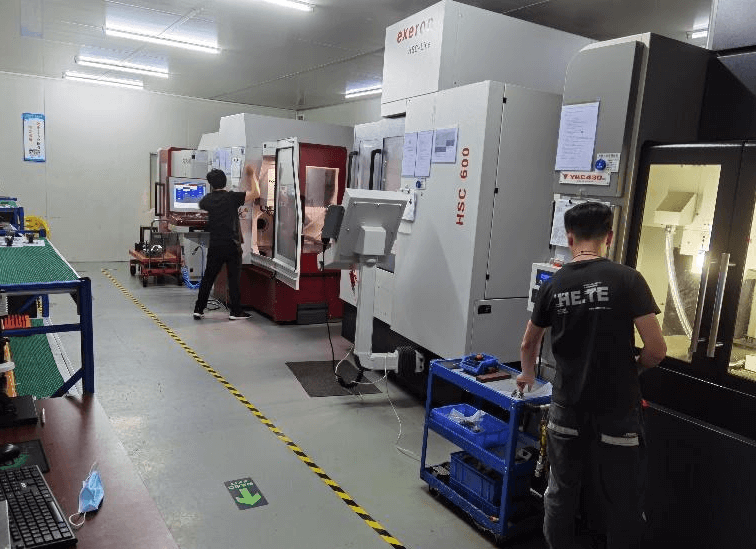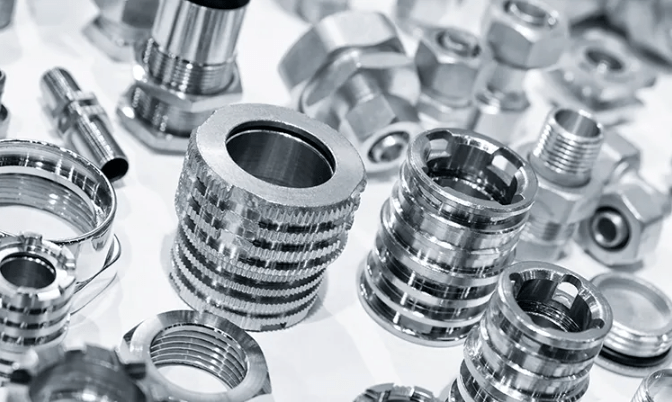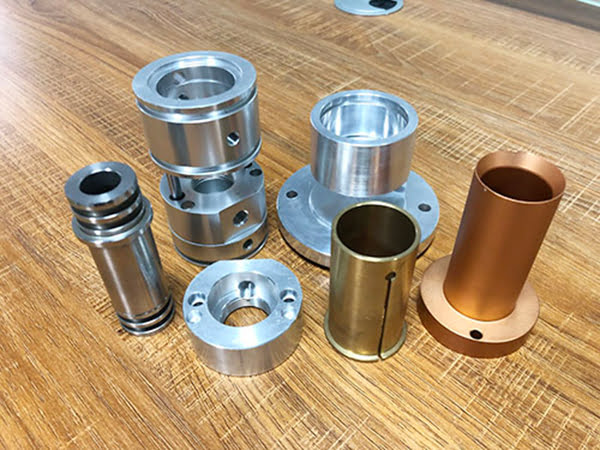Milling is the process of holding a blank in place and using a high-speed rotating milling cutter to cut the desired shape and features on the blank. Conventional milling is more often used to mill simple shapes/features such as contours and slots. CNC milling machines can perform machining of complex shapes and features.
Milling and boring machining centers can perform 3-axis or multi-axis milling and boring for machining, molds, inspection tools, tire tools, thin-walled complex surfaces, artificial prostheses, blades, etc. In the selection of CNC milling processing content, should give full play to the advantages and key role of CNC milling machine.

In the actual production of milling processing, including machine settings, workpiece clamping, tool selection and other aspects of application skills, this issue for you to briefly summarize the 17 points of milling processing, each point is worthy of in-depth mastery.

- Power capacity
Check the power capacity and machine rigidity to ensure that the machine can use the required milling tool diameter. - Workpiece stability
Workpiece clamping conditions and considerations. - Overhang
Make the tool overhang on the spindle as short as possible during machining. 4. - Selecting the correct milling cutter tooth pitch
Use the correct tooth pitch of the milling cutter for the process to ensure that no excessive inserts are involved in the cut, which would otherwise cause vibration. - Cutter draft
For narrow workpieces or milling with gaps, ensure that there is sufficient insert draft. - Insert groove type selection
Whenever possible, use positive front-angle slotted indexable inserts to ensure smooth cutting action and minimum power consumption. - Use the correct feed
Ensure proper feed of the insert used by using the recommended maximum chip thickness to achieve the correct cutting action. - Cutting direction
Use smooth milling whenever possible. - Part Considerations
Workpiece material and configuration, as well as the quality requirements of the surface to be machined. - Insert material selection
Select the slot type and material according to the type of workpiece material and type of application. - Vibration damping milling cutters
For longer overhangs exceeding 4 times the tool diameter, the tendency to vibrate becomes more pronounced and the use of vibration damping tools can significantly improve productivity. - Main deflection angle
Select the most suitable main deflection angle. - Milling tool diameter
Select the correct diameter according to the width of the workpiece. - Milling tool position
Position the milling cutter correctly. 15. - Milling cutter cut-in and cut-out
It can be seen that by circular plunge, the chip thickness during retraction is always zero, thus enabling higher feeds and longer tool life. - Coolant
Coolant is used only when deemed necessary. As a rule, milling is better executed without coolant. - Maintenance
Follow tool maintenance recommendations and monitor tool wear.













